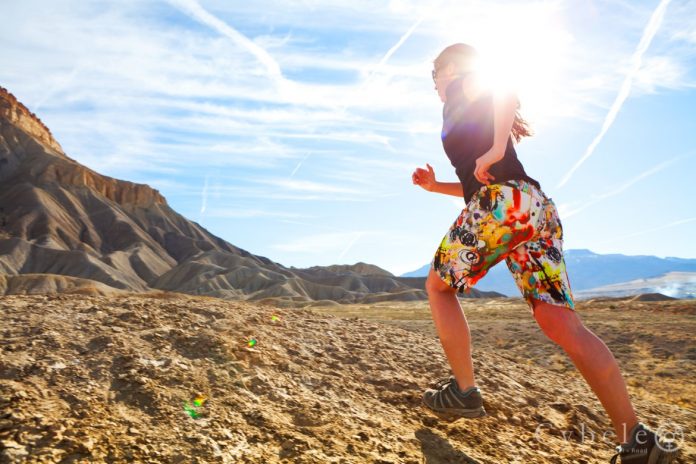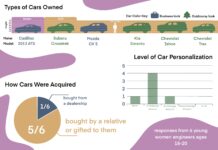by Laura Lenhart
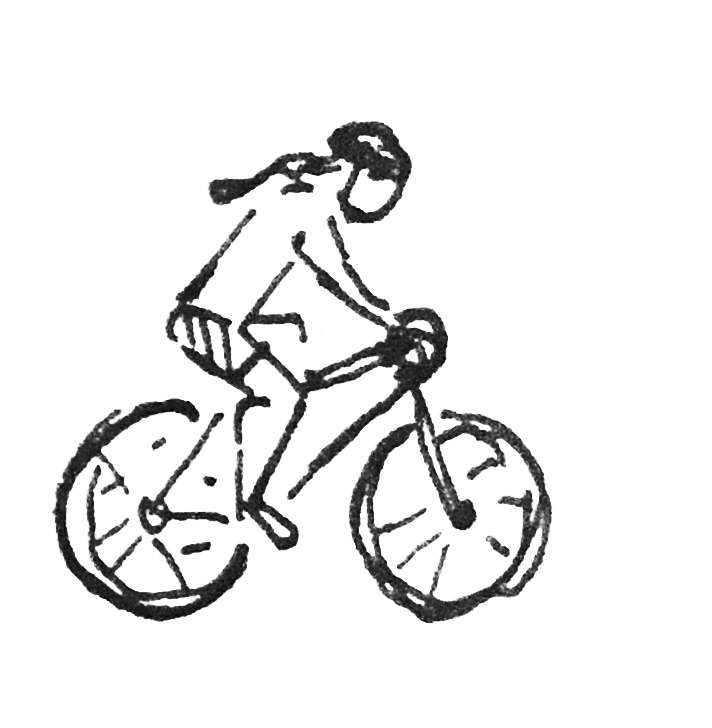
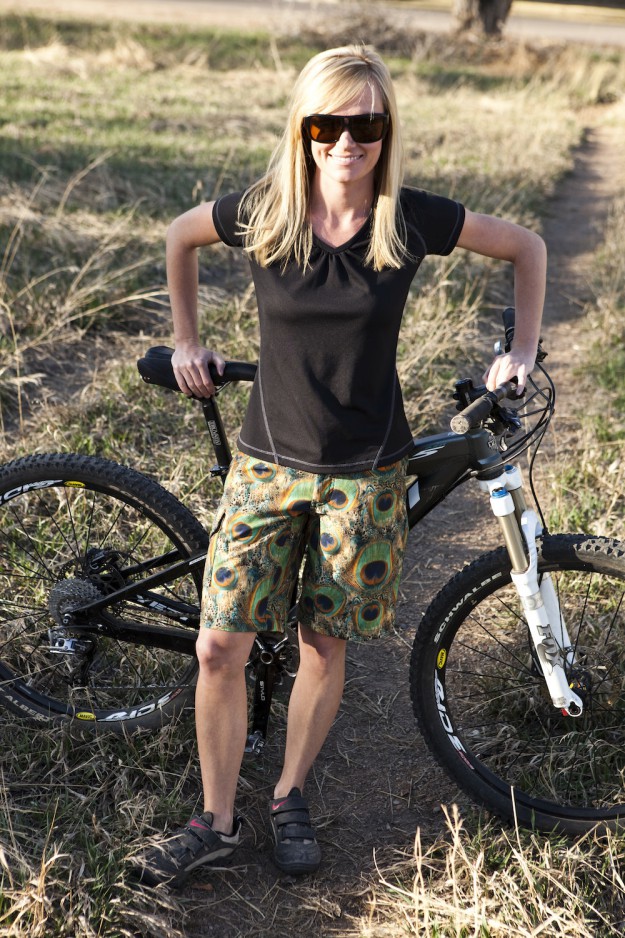
Laura- Hi Ashely, thanks for talking with me.
Ashely- Yes! I am happy to.
Laura – What was the motivation to start your company.
Ashely – I was a recreational [Mountain bike] rider, I still am, I didn’t come from the racing world. In college, I had gone for apparel design and production degree, and I had also gotten a degree in marketing. After I graduated, I was back living in the mountains of Colorado and started to bike a lot more. I was looking for new shorts, and I couldn’t find anything that I liked. That turned into a conversation with me and my girlfriends and we all kind of had the same complaints, nothing really felt comfortable but was also fun, or it wasn’t made of greater material. It didn’t feel like the industry had a very thoughtful approach to any of the women’s mountain bike apparel. I saw an opportunity and one thing lead to another.
Laura- Do you feel that the product has lived up to your expectations of what you were initially hoping to make?
Ashely- Yes! Probably even more so. I kind of just thought “oh I just want everyone to have cute shorts” and that would be it, but it has turned into much more than that. What I have learned is that we have a really niche market to pick women’s mountain biking shorts, but then you can break that down into further niche markets. Like there is a segment of women that feel very underserved when it comes to a curvy fitting short for different body shapes. You can bifurcate it down as narrow as you like and there’s a part of the market that feels there’s something missing. It ended up being a lot more robust than I had imagined but also pretty emotional. Women are very emotional about their purchases, and they’re very emotional about how the products make them feel, and they’re very emotional about how brands make them feel, if they’re included or not. It has turned into a lot more than what I had imagined. I wouldn’t have guessed that and what comes along with having a brand is the relationships you form with your customers. Functionality is just something that never goes away. Are ethose when we first started we were focused on comfort, performance, and style. It’s a constant challenge.
“I think along the way what I’ve learned is people lump things together. If something doesn’t fit them then they don’t think it performs well.”
Of course, you always have your critics, and you can’t make everyone happy, and women are so different in many ways in terms of what they want aesthetically or their body shape. I think along the way what I’ve learned is people lump things together. If something doesn’t fit them, then they don’t think it performs well. It’s kind of this constantly evolving mechanism that you kind of have to make things work the best you can to please as many people as you can, knowing that you won’t be able to do it all.
Laura- How did you come up with the initial design and fit, what anthropomorphic model were you using.
Ashely- We’re different than a lot of companies that have a lot of ID dollars to throw at something like that. Our whole business is very grassroots. I, in the beginning, was the fit model for the patterns. We went through 8 rounds of our fit generation. What will do is a size run of products and get them on as many different body shapes and sizes as we possibly can and then will make adjustments there. A lot of businesses will have a curvy model, and then what we call a straight model. What I like to do is take one model and get it one all different shapes and sizes to see how it’s fitting to try and achieve that best version of the one that fits all, but it kind of depends on your range of products and what your end goal is. We start with a really small sample set, we find the most common denominator in terms of issues like “it’s looking kind of tight in the hips on most people,” we only had one fit, and you can have different styles from one fit. We had our original block, which is our very original pattern and then we had different styles launched from there. Over the years after we first came to the market, we had one fit, but we would go to events and see it on lots of different people and then find those commonalities we thought we could adjust. So it really has been a metamorphosis over the years where we’re always making changes that don’t drastically change the fit but little tweaks to improve the fit.
Laura – Did you find any unique challenges when designing for larger women?
“What we really learned is that women carry weight in all different ways.”
Ashely-What we really learned is that women carry weight in all different ways. So the average size of women in America is 15. That is widespread in terms of shaping a challenge across the industry. You can address those challenges in a few ways, you can use different fabric. Stretchy is a lot easier to form to different shapes than a non-stretch fabric. You can also use your pattern to try and articulate a certain shape. We did a hybrid for the curvy short. It has a yoga-style waistband. A lot of women have a tiny waist but are filler through the hips and thighs, so they have an hourglass shape. Most of the time, their pants always end up gapping at the waist. What we did is we articulated the parts of the short that aren’t as stretchy in our patterns and then we added stretchy fabric.
Laura- You predominantly make shorts for mountain biking but you also have a multi sport short as well correct?
Ashely- All of our shorts use the same type of fabric, same construction which is slightly stretchy and durable for how lightweight it is and really the difference in our styles are in the features, so our more techy mountain bike shorts have vents in the legs, waist adjustment and then our multi-sport which is our lightest weight doesn’t have some of those features but is made out of materials that if it gets wet it allows it to dry quickly. We have a tone of women that use our shorts, and as a mountain biker, you’re usually not just a mountain biker. You probably hike, you like to camp, a lot of people spend time doing water sports, so we are very thoughtful in how we engineer our products to make sure they are as multi-sport as possible, but then when it comes to naming conventions, you want to make sure you are pointing your customers to the right products. So we’ve tried to be careful about how we name them in terms of the features and what they will perform for.
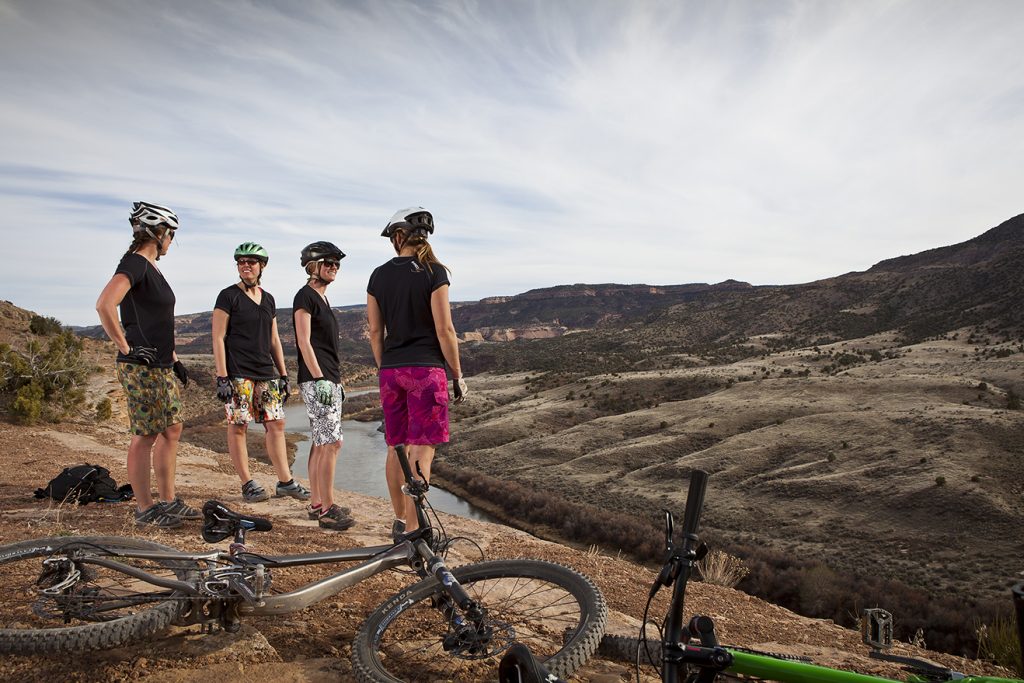
Laura- My final question is about gender bias in the outdoor market. Did you by chance read the Womxn built this article in the post show from the Outdoor Retailer Summer show? They mentioned a recent study from Stanford University looking at gender bias against women. My question for you is do you feel because you are making gear for a field that is historically male dominated that your company faces unwanted bias?
Ashely- You know that is such an interesting topic and I think I know the article you are thinking of. You know we are a little bit isolated from that, and some people might disagree with me but just from my experience when it comes to apparel that you might look at it the other way. In the hard-goods examples, there is an unconscious bias towards women when compared to a male, but as a woman designing women’s apparel, I think that it only helps us. So I have not seen or experienced any gender bias when it comes to that. From my situation again because of what I am doing and the product I am making it has only been an advantage for us in the industry, and that is a unique position as I don’t think that would pertain to making other things like hardgoods. But I do think there is something to be said for when I entered this market I didn’t know. I didn’t come from the industry, and so I wasn’t so intuned with the history of all the biases there that everybody struggles with. It was a non-issue for me. I just moved forward with it being a non-issue. It’s kind of amazing how it hasn’t affected my business, and so I like to tell people If we can make these non-issues when they are issues we can proceed in our lives. It’s kind of amazing you just kind of block that out and just go with what you would do then you can focus on what you really need to focus on without this outside voice.
This interview gave me insight into what it takes to create and start a company on an introductory scale. It also allowed me to understand one individual’s impetus and experience of working in the outdoor recreation industry. It also allowed me to understand the process of designing for multiple shapes and sizes of people. One of the main takeaways for me from this interview is what Ashely said about her experience with gender bias. She found a way to use her gender as an advantage and make it a non-issue.

